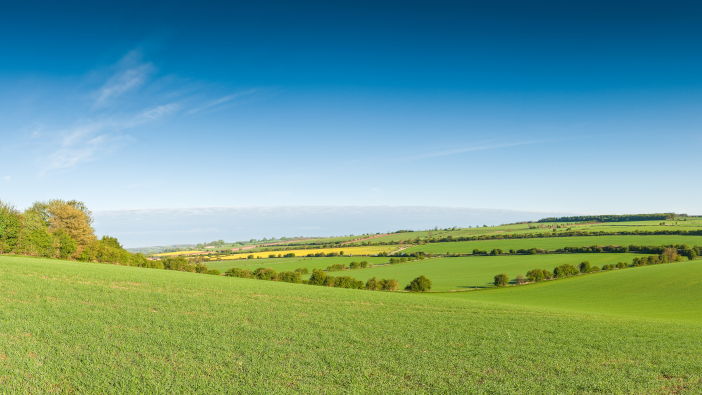New grass swards can offer improved dry matter yield and improve nutrient use efficiency on the farm, but reseeding grassland can be a challenge. To offer some guidance, country grassland agronomist at Yara, Philip Cosgrave walked us through the steps for improved results.
Step 1
“The first stage is to identify the paddocks you have that are performing poorly. After that, you can then look closer for further analysis,” said Mr Cosgrove.
Step 2
“We need to assess these paddocks for their content of desirable grasses. If the figure is anything less than 60%, re-seeding is definitely worth considering. Also, take annual meadow grass and other weed grasses into account. These do not respond well to applied nutrients, along with offering poorer feed quality and lower yields. In fact, the yield will be reduced by 1% for every 1% in weed ground cover.”
Step 3
“Take a soil test. Act on the results. It’s vital you do this before you get to work reseeding. The optimum pH for grass in mineral soils is 6.3. Failure to correct for that will severely impact your reseed’s success. Be sure to choose varieties that will suit your farm circumstances from the Recommended Grass and Clover Lists (RGCL).”

Step 4
“Make sure those new swards get the correct nutrients at sowing. Without the right nutrients, the success of the ley will be undermined. With good soil fertility (i.e., P & K index is 2), you would ideally want a balanced product containing nitrogen, phosphate, and potash in a 1:1:1 ratio together, along with sulphur. Roughly 250 – 300 kg/ha should then be applied to the seedbed before sowing.”
Step 5
“If you’ve got clover in the mix, ideally you should apply a quality granular compound fertiliser that targets areas where nitrogen use is limited. Approximately 200 kg/ha should do. Remember that new leys need more phosphate to assist with root development and good contact between the seed and soil is vital, so roll after sowing.”
Mr Cosgrove also recommended that herbicides are applied between four and six weeks post-emergence to prevent weeds from competing for nutrients and space. Grazing should also play a role, with light grazing implemented when the grass reaches 8-10cm high. This will encourage new shoots.
“Following these steps will help support the long-term productivity of your new sward,” he concluded. “Reseeding this autumn can be relatively straightforward and make a huge difference when it comes to results. The key is examining what your soil needs and taking the right steps to help the crop establish.”


